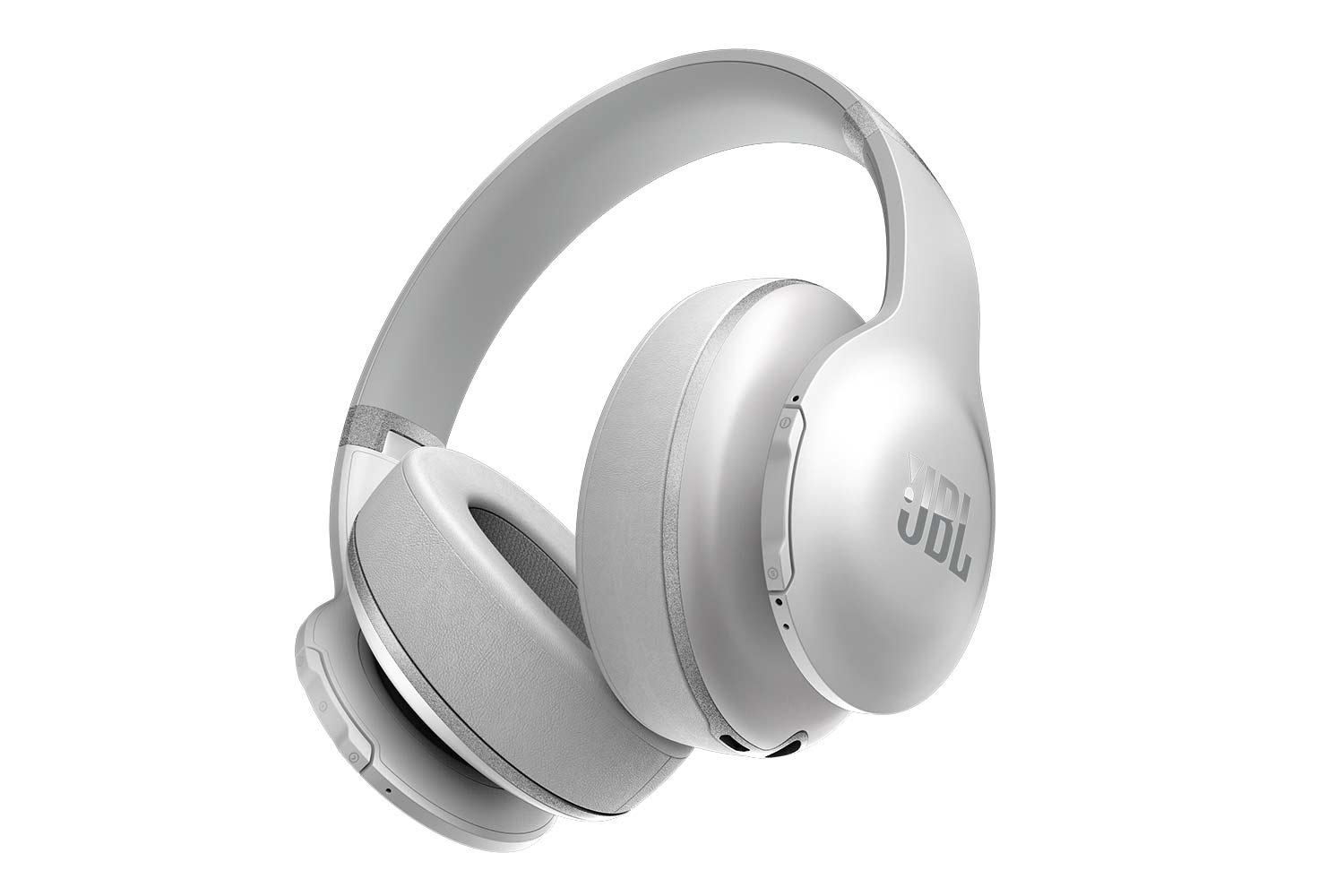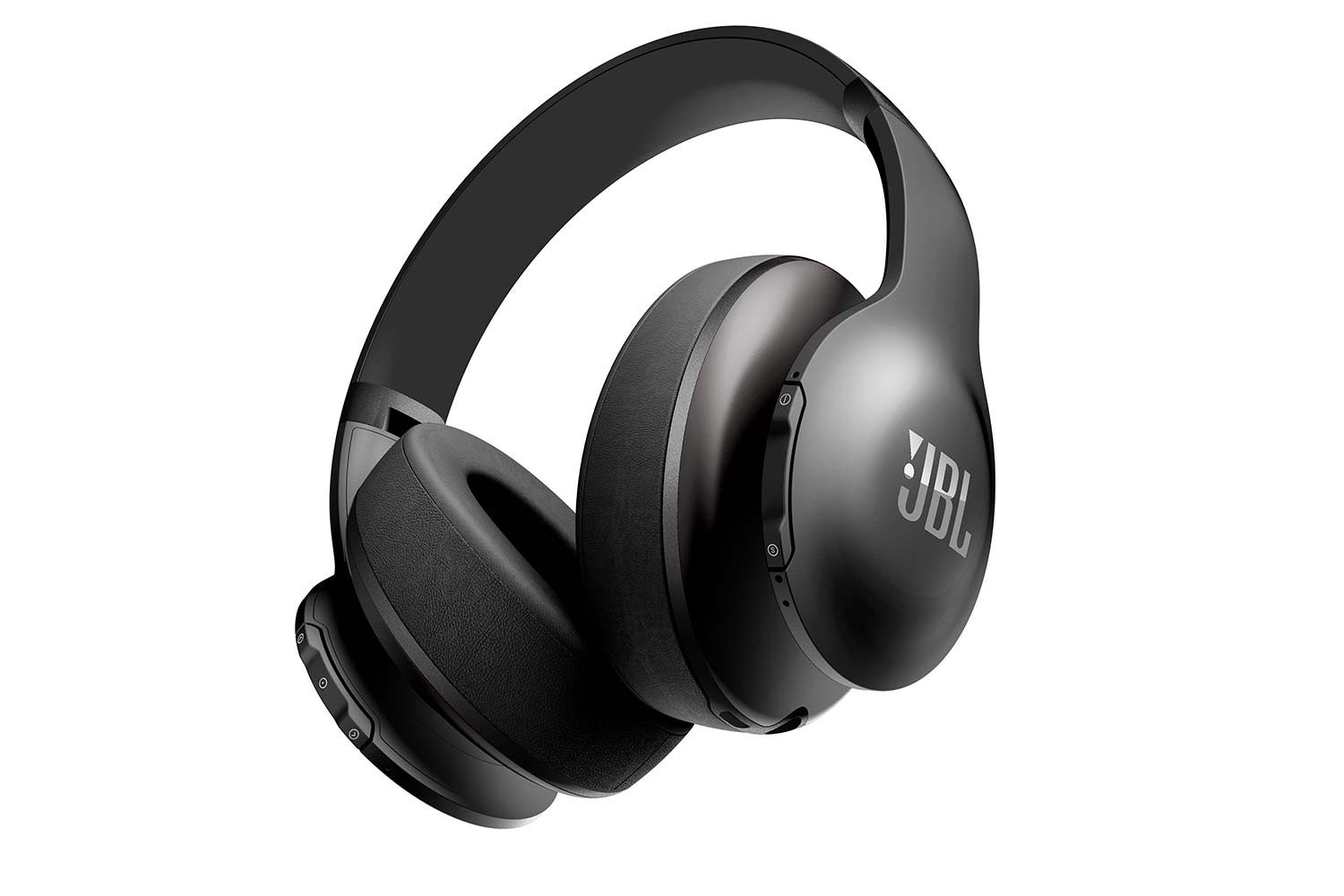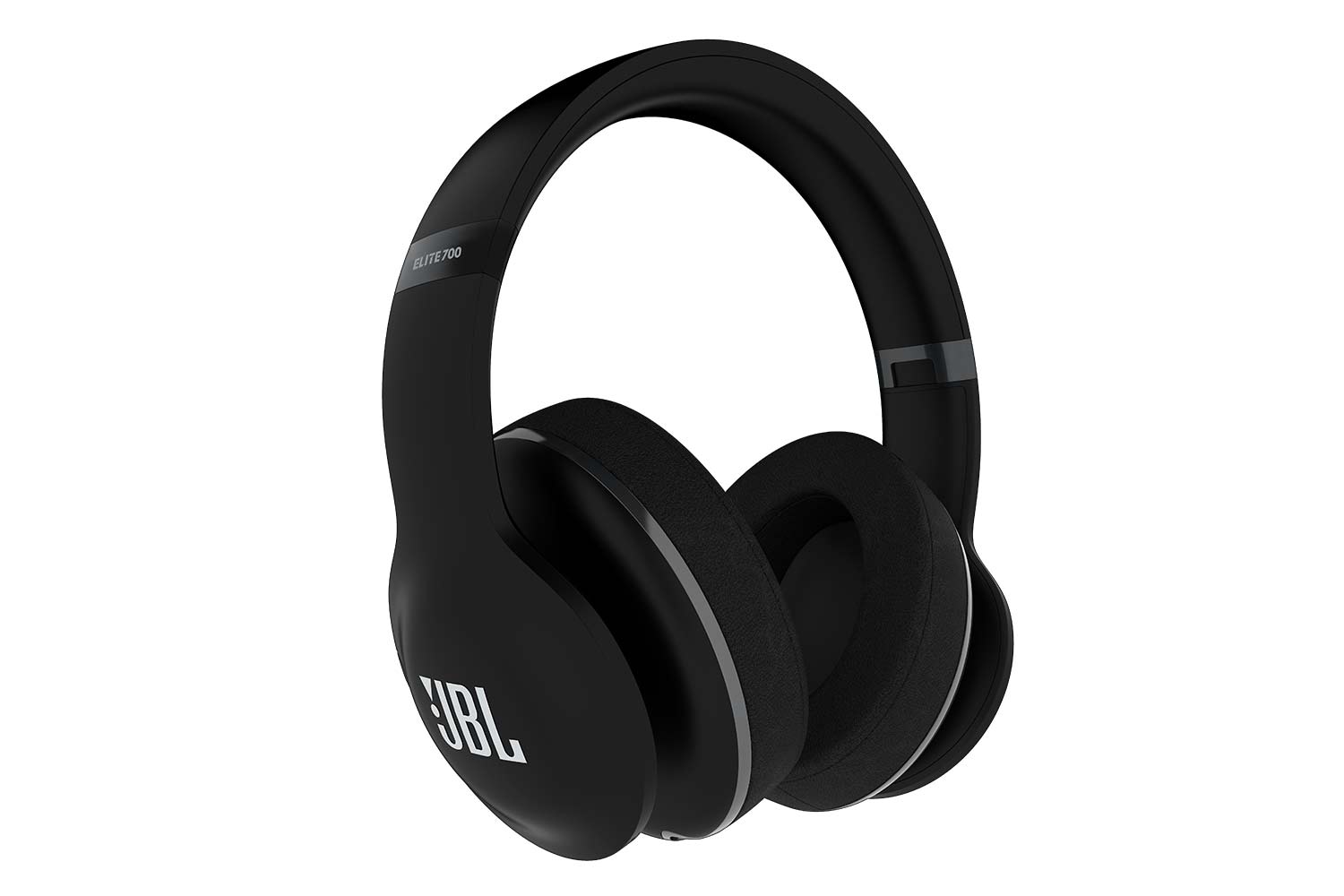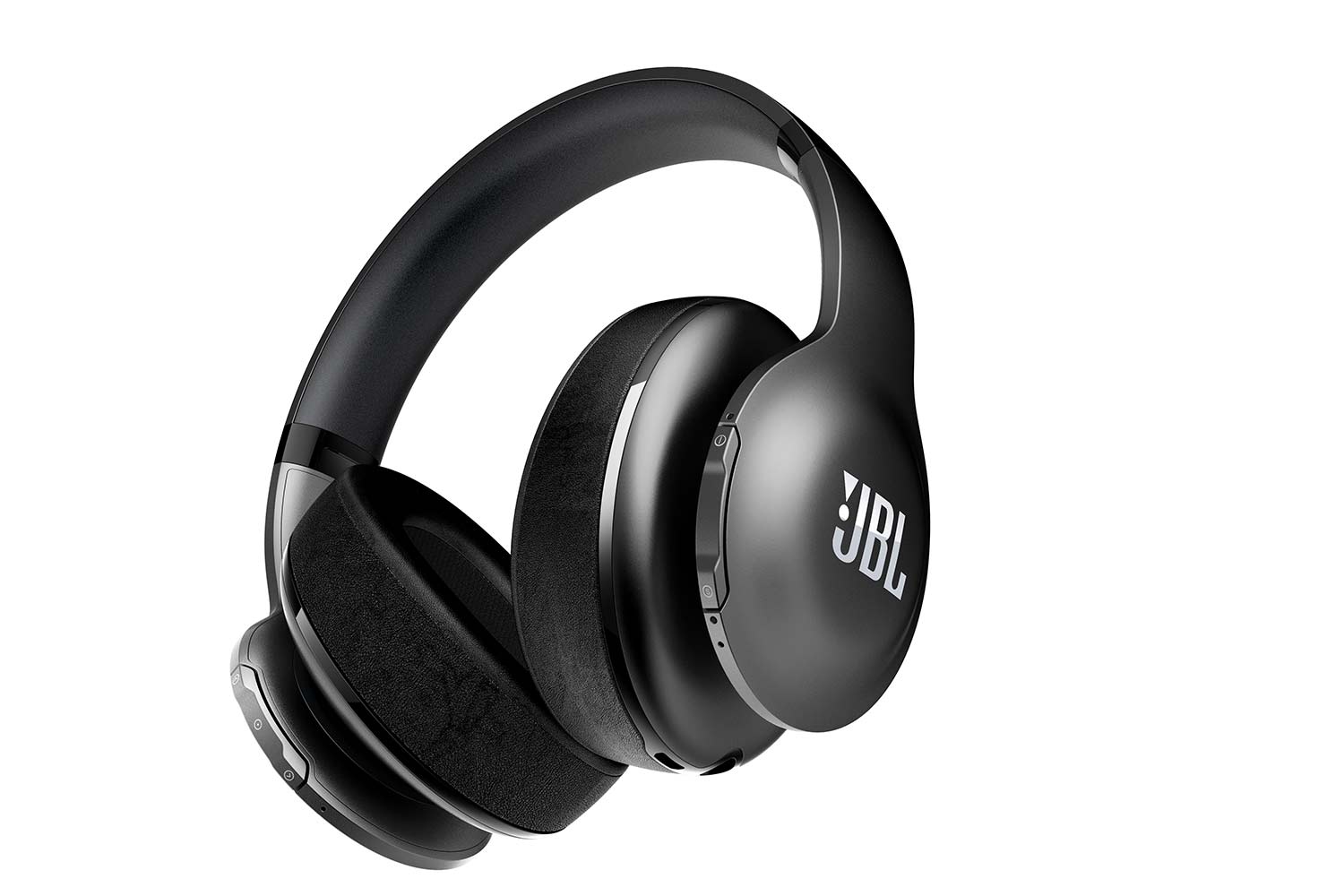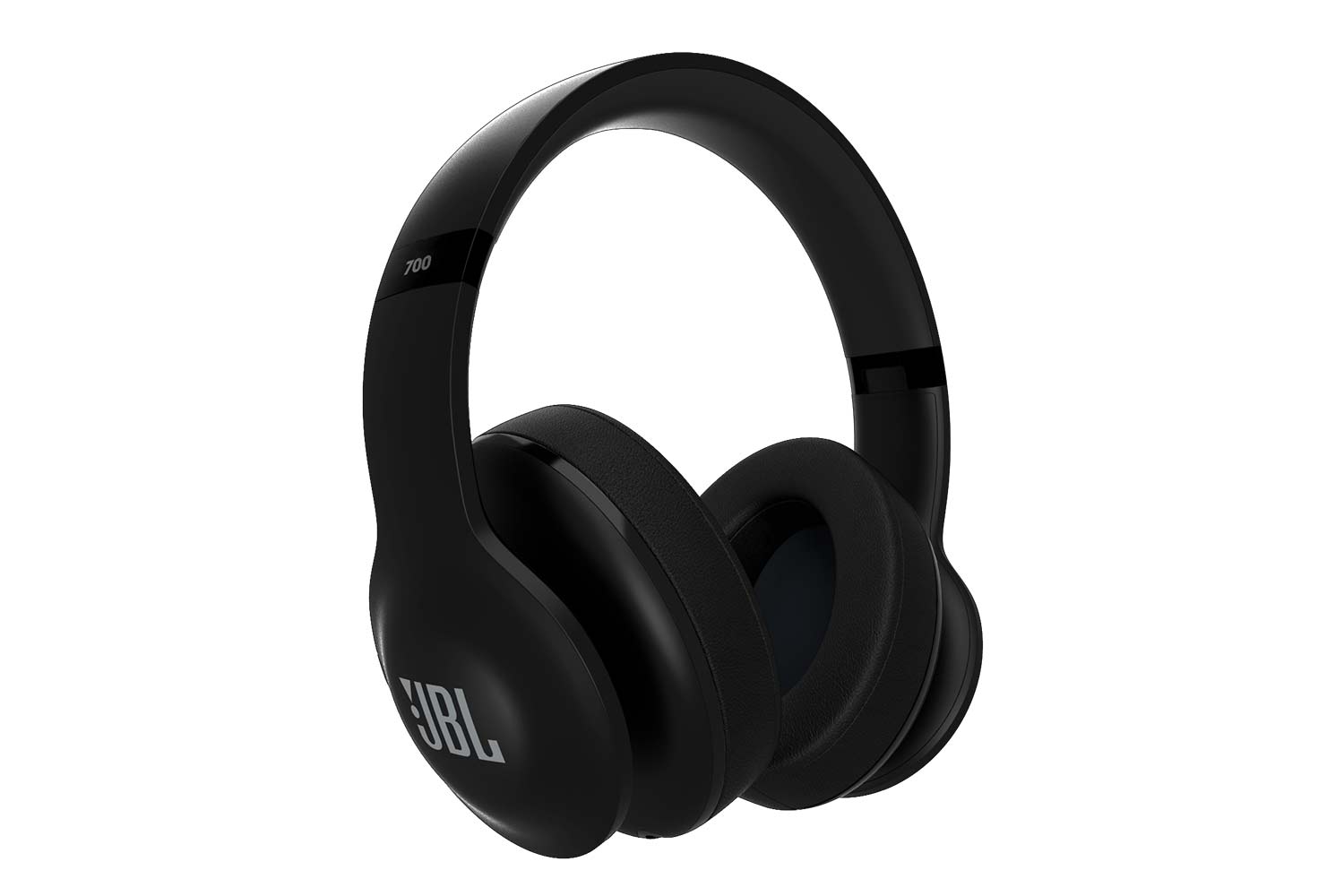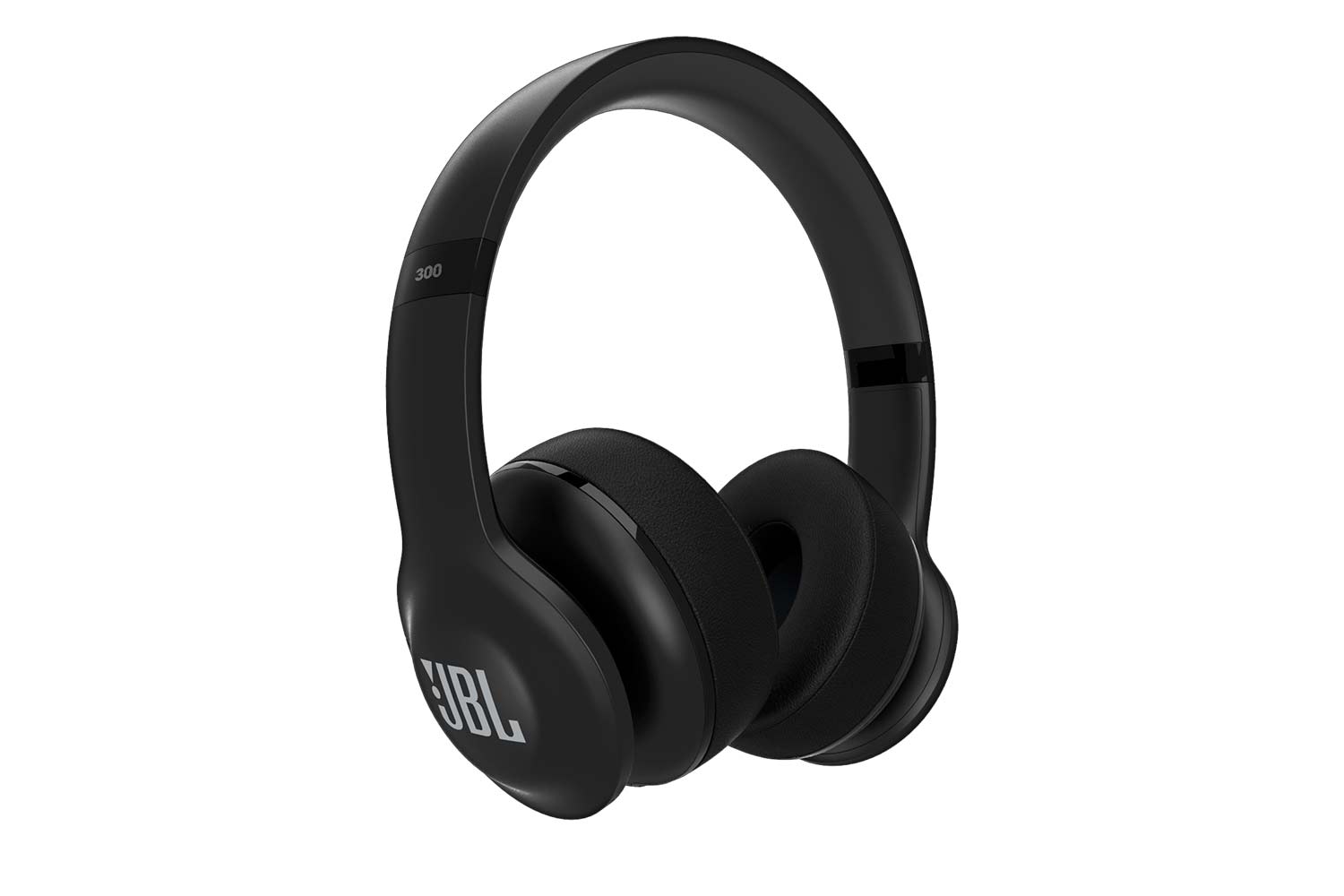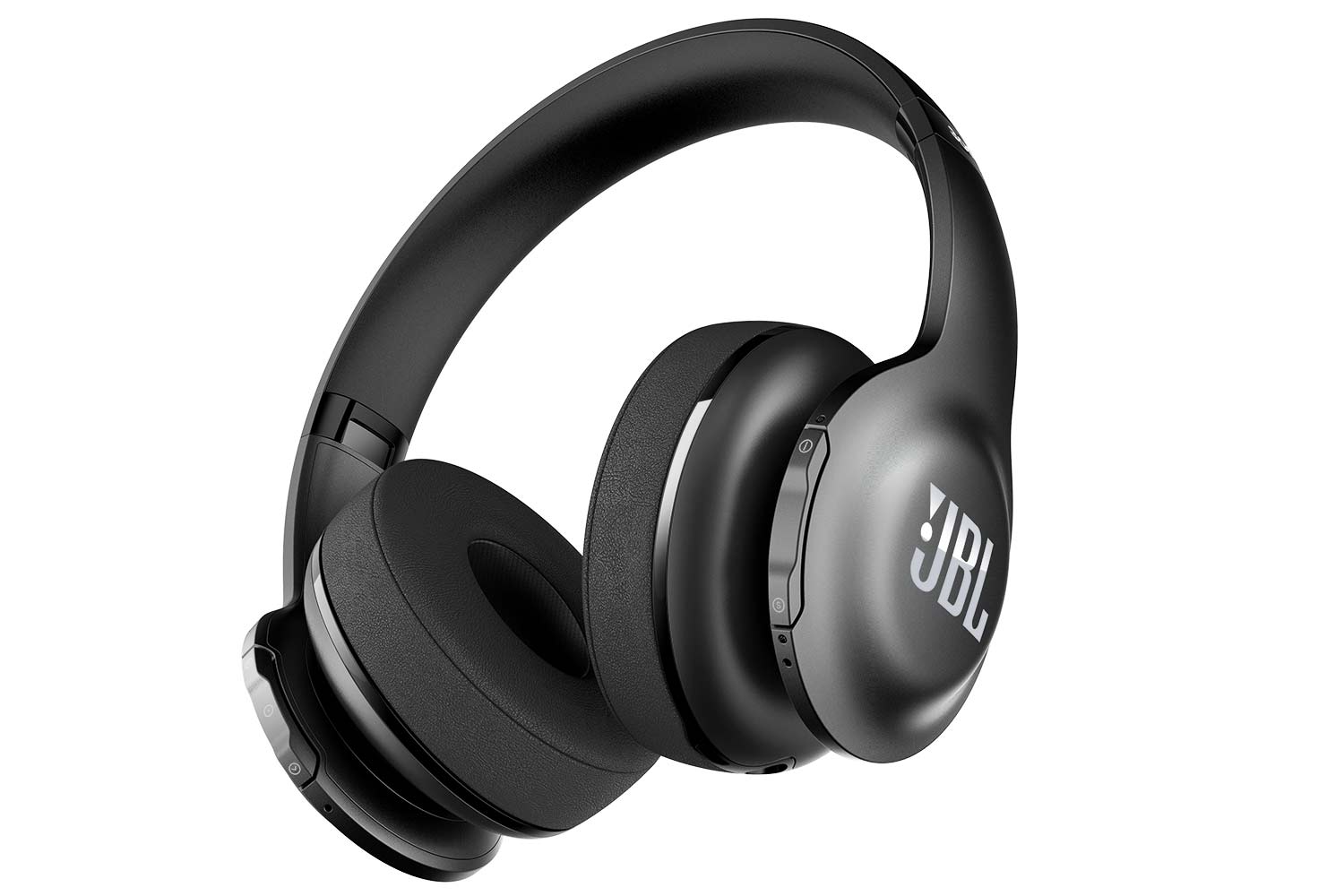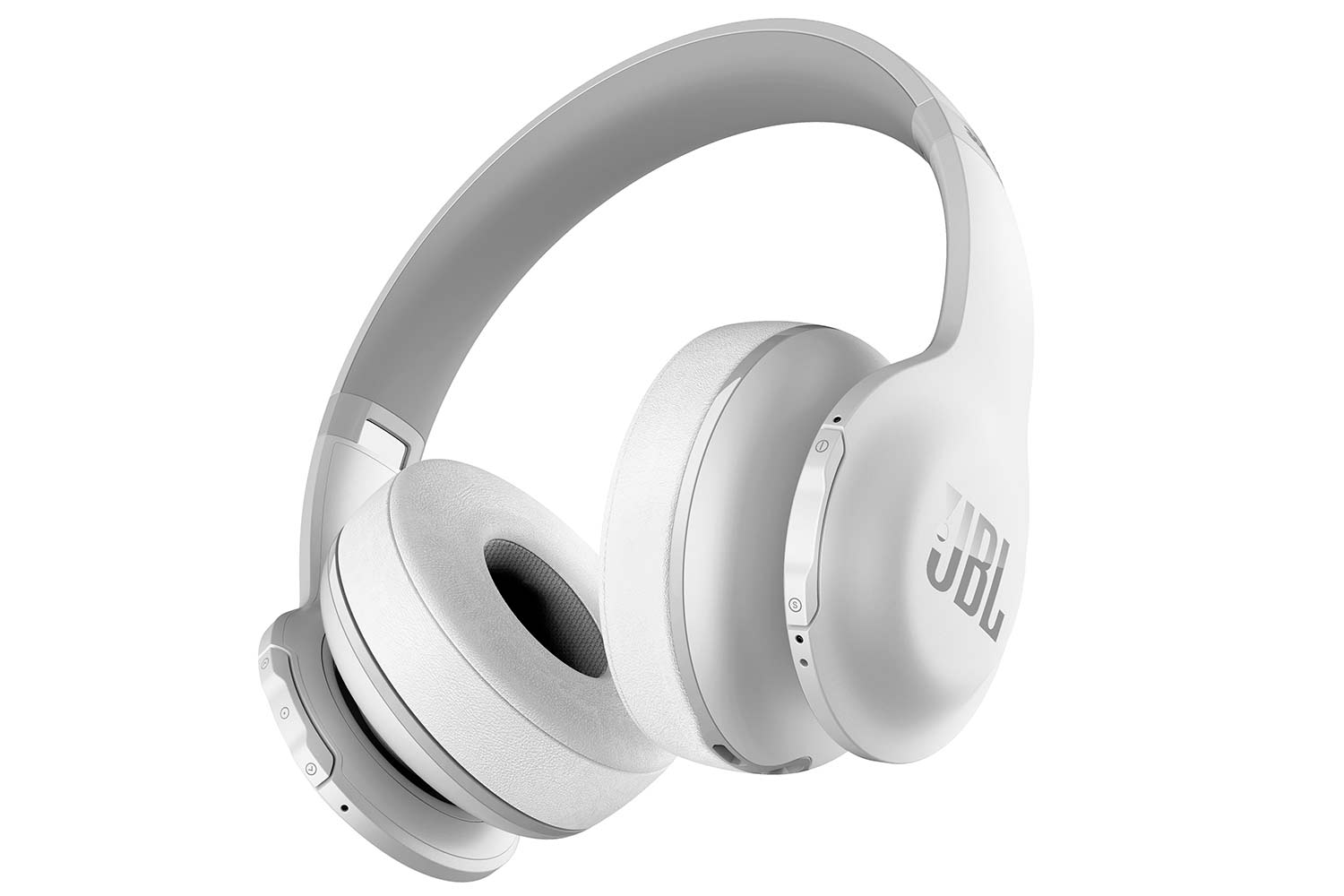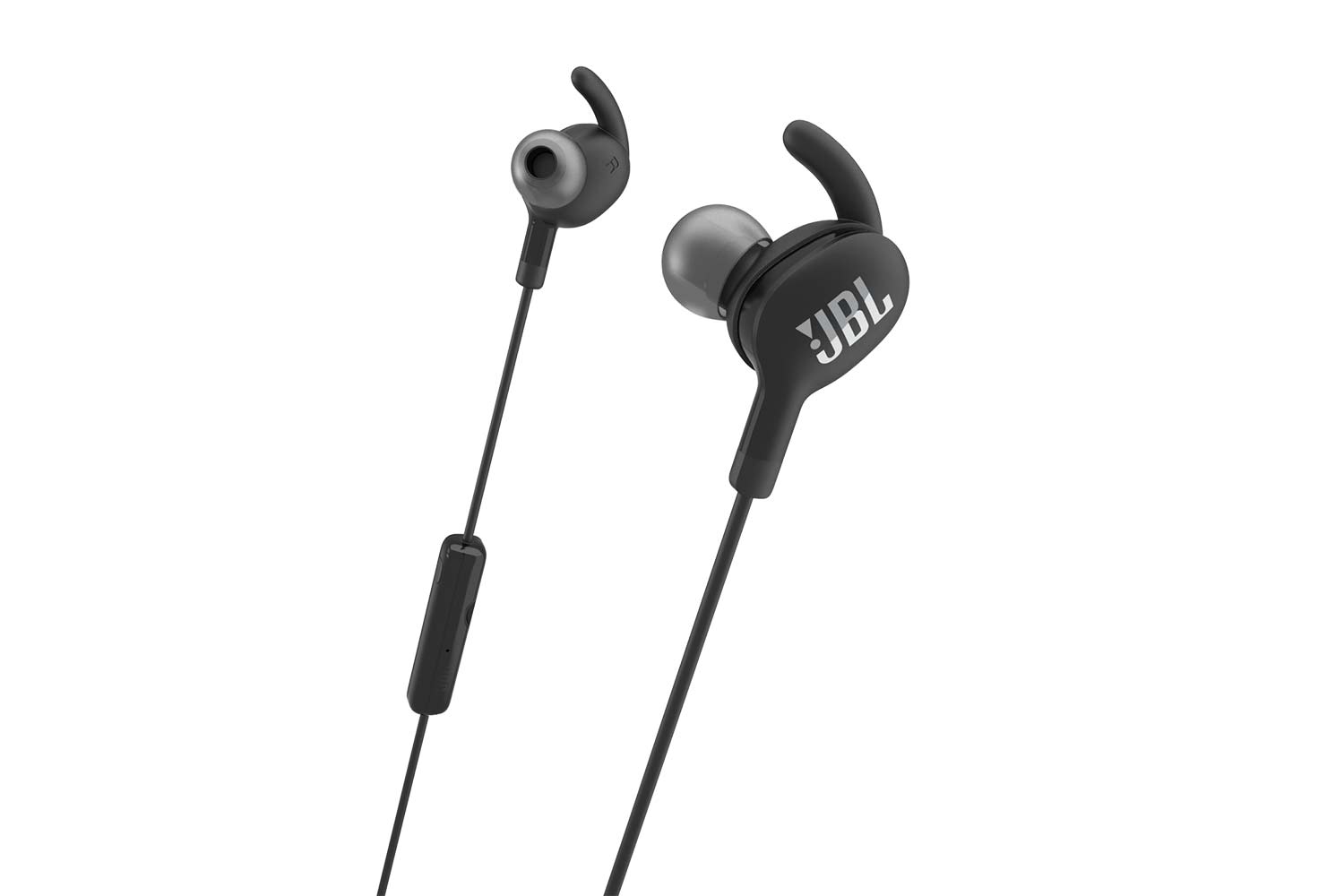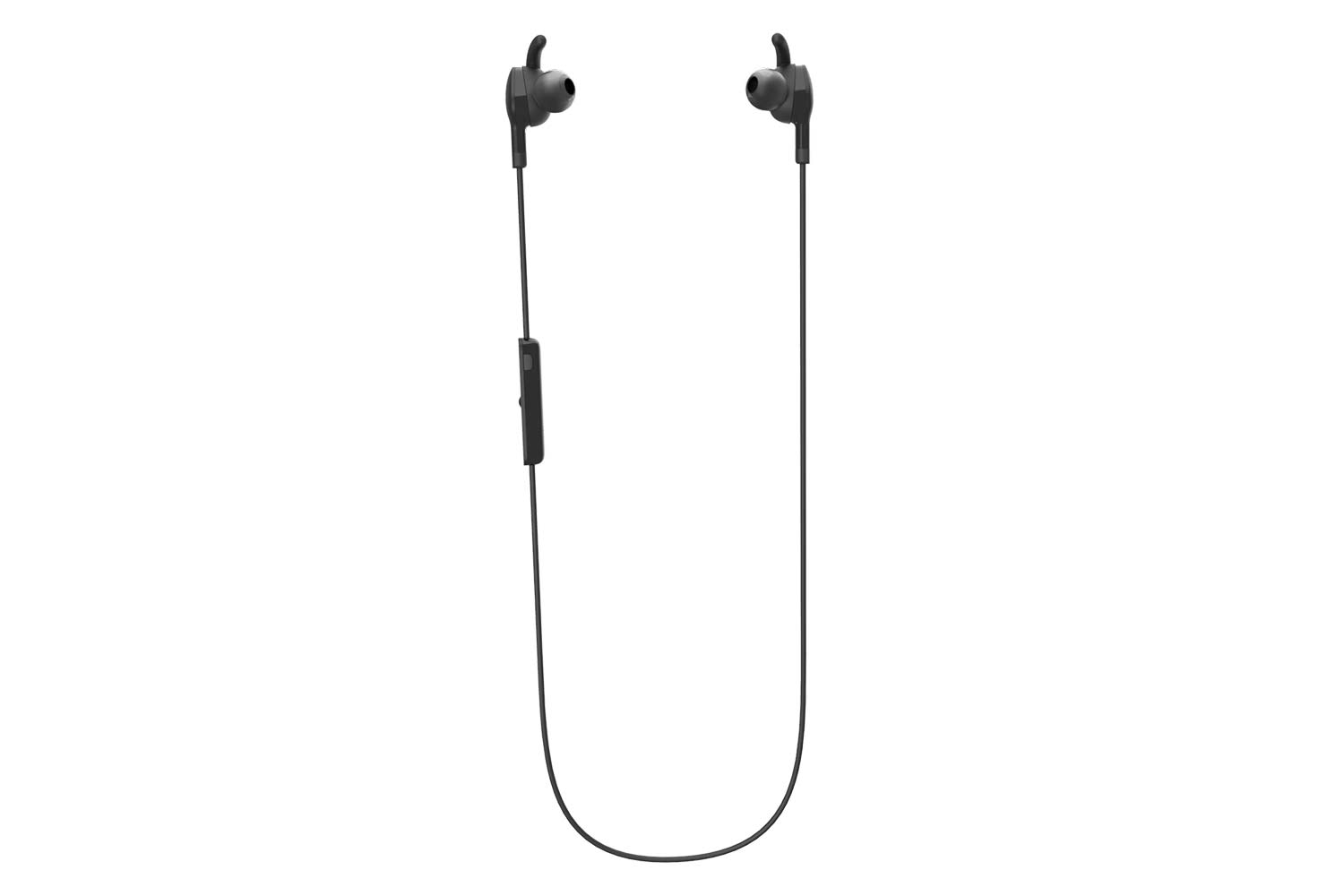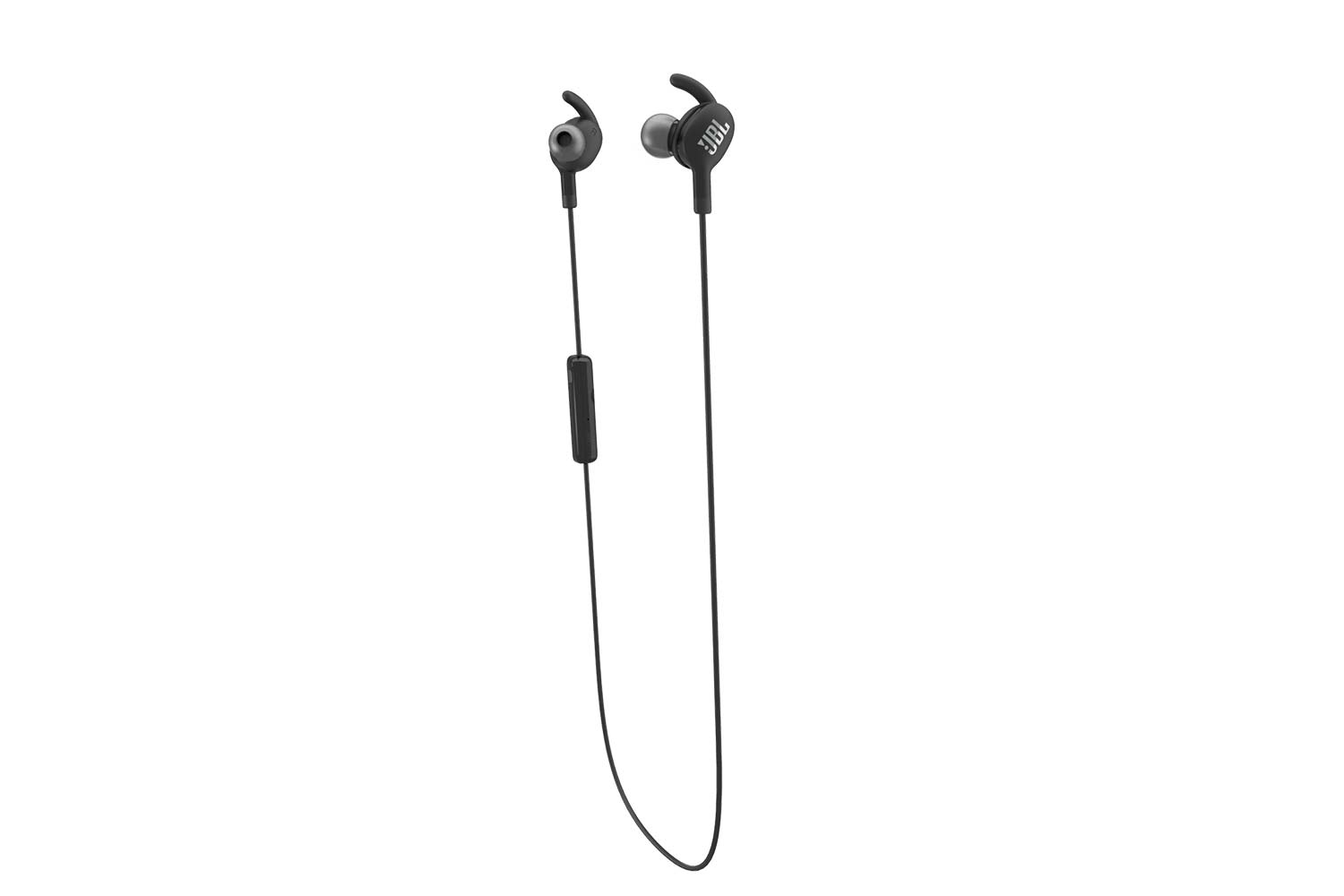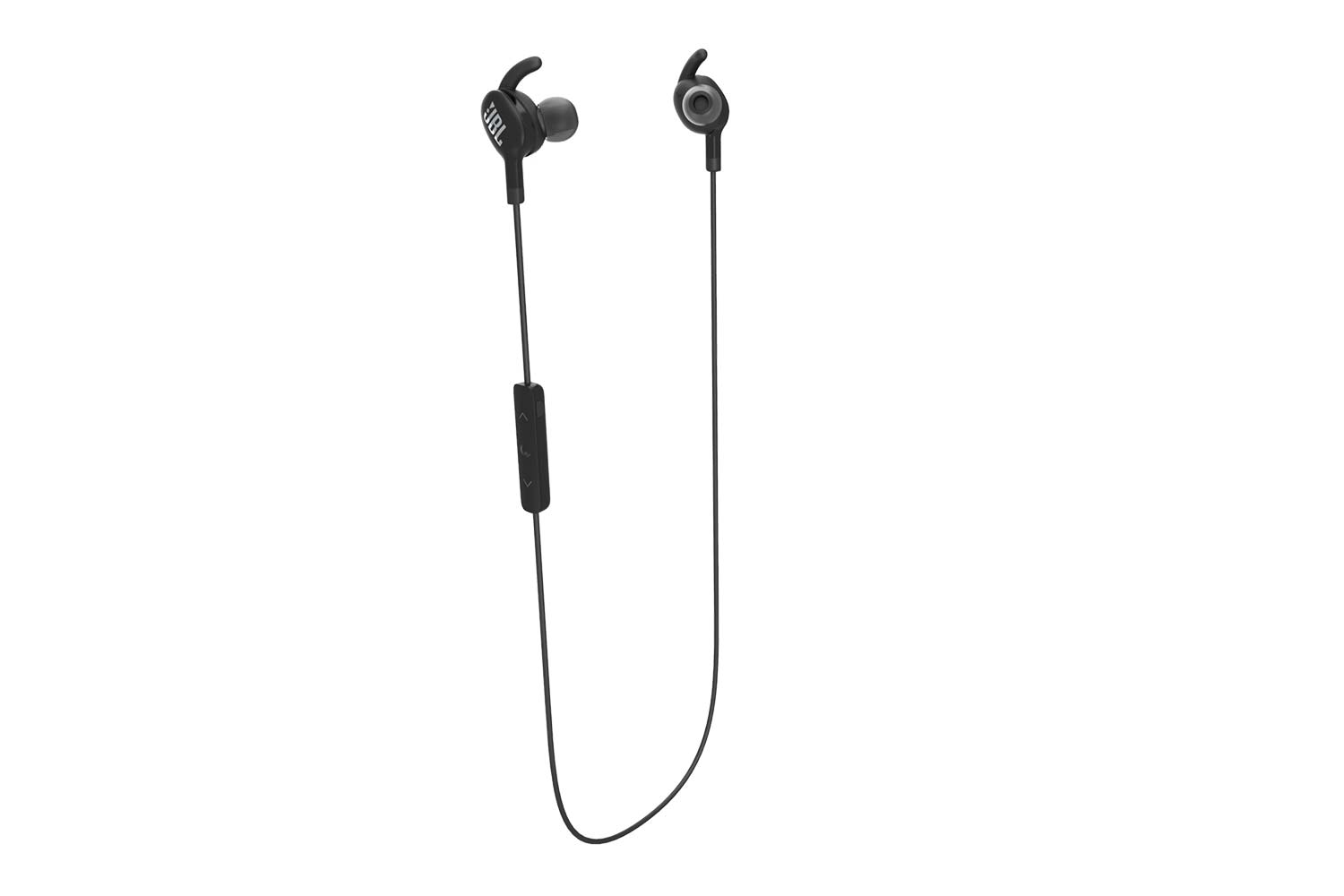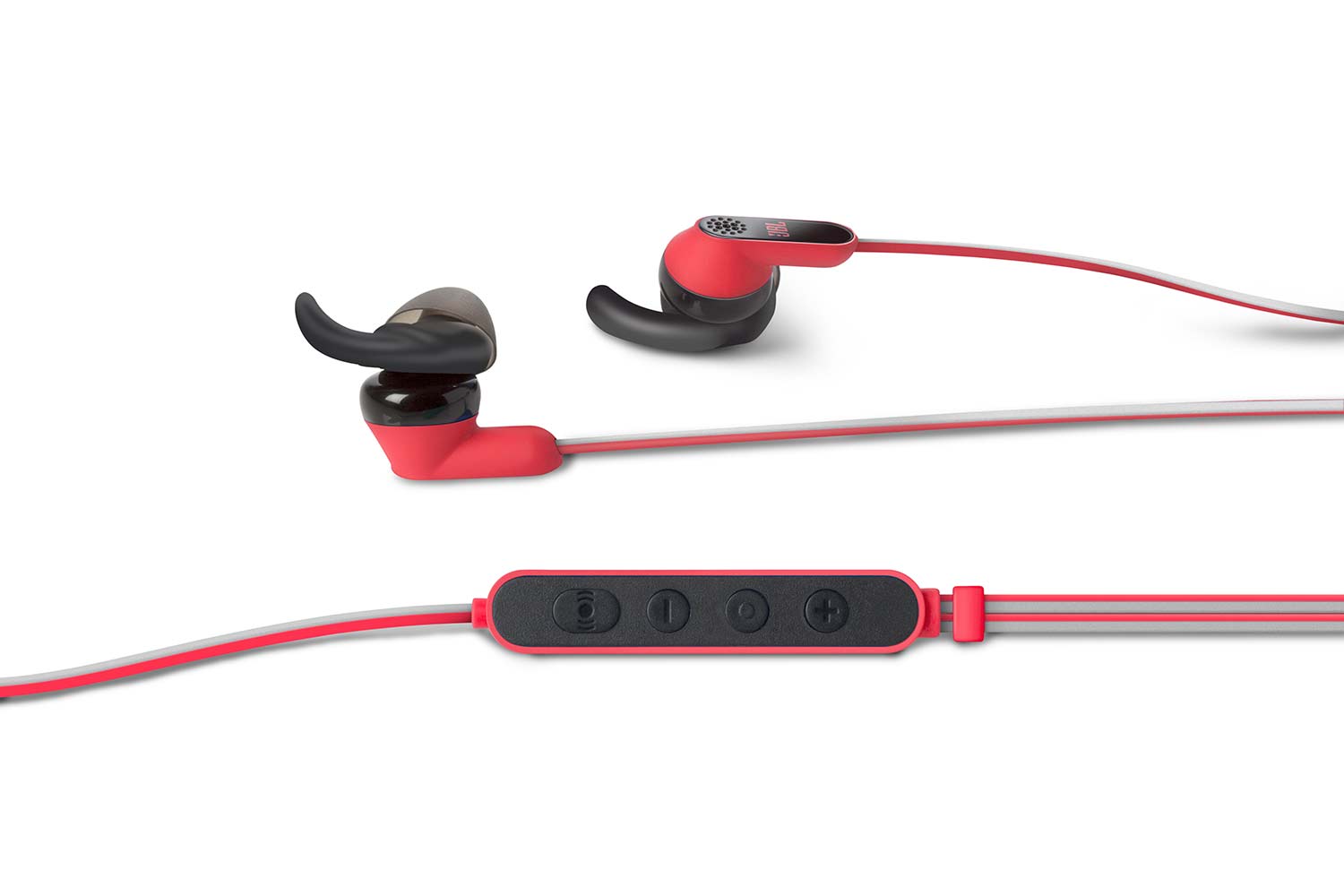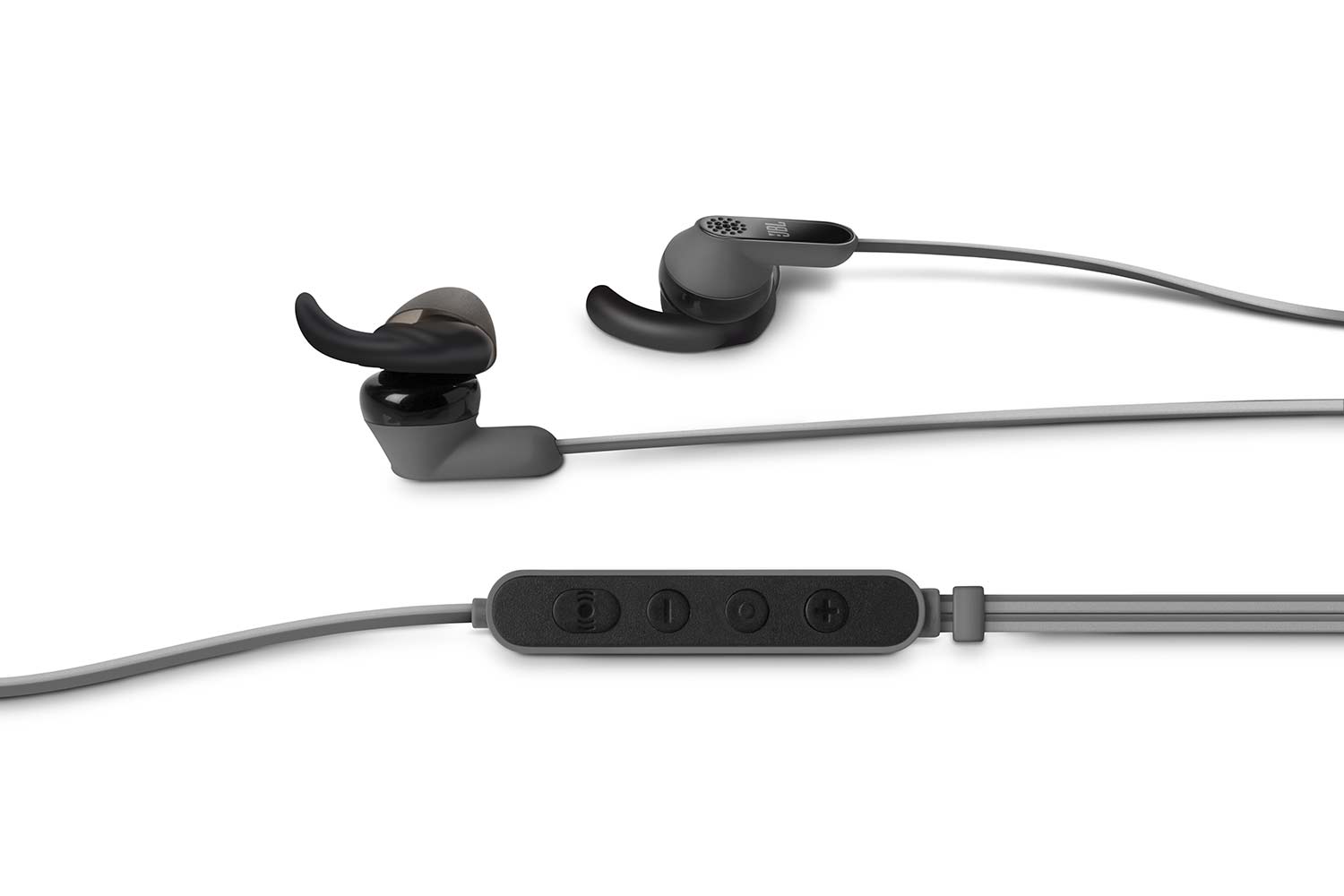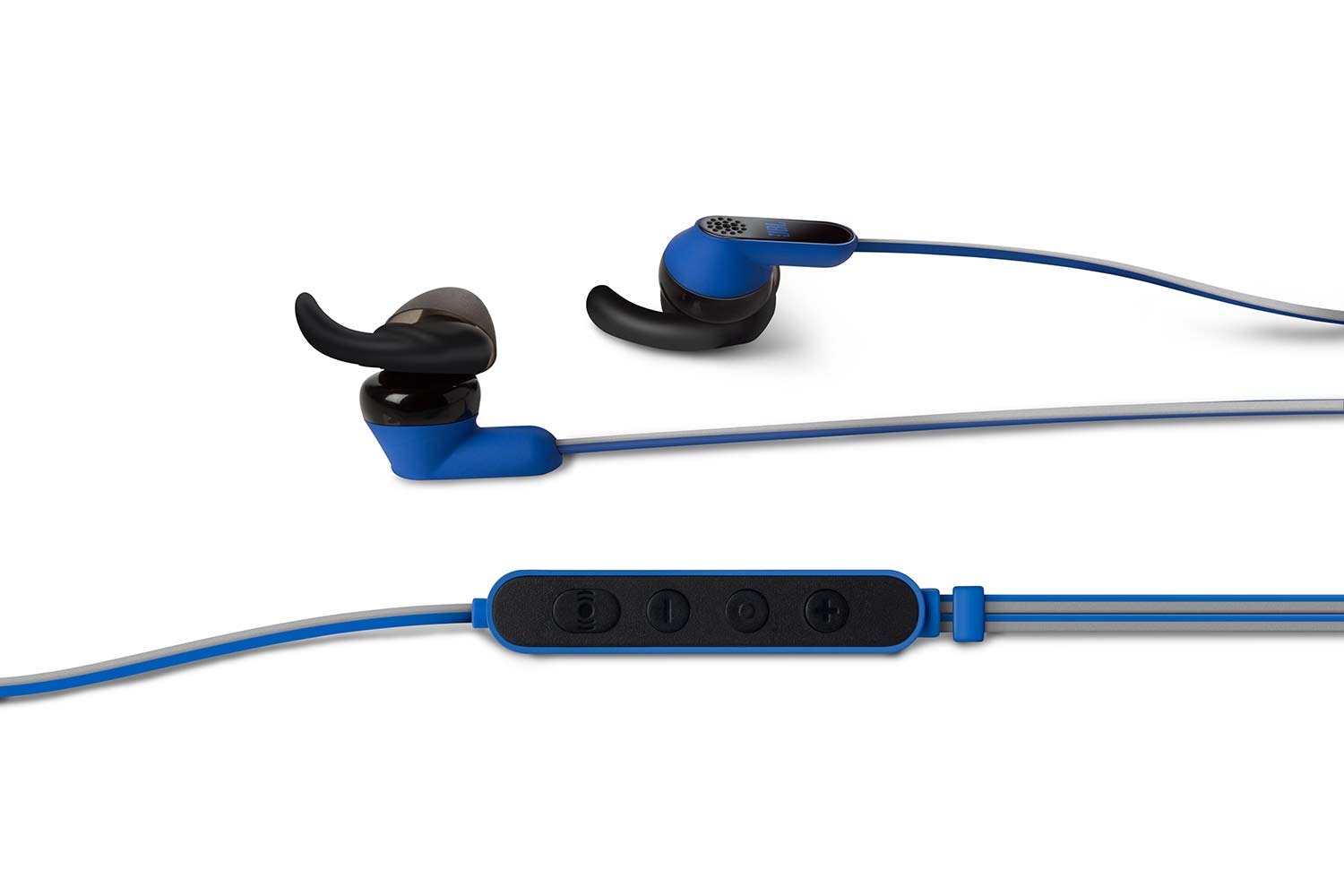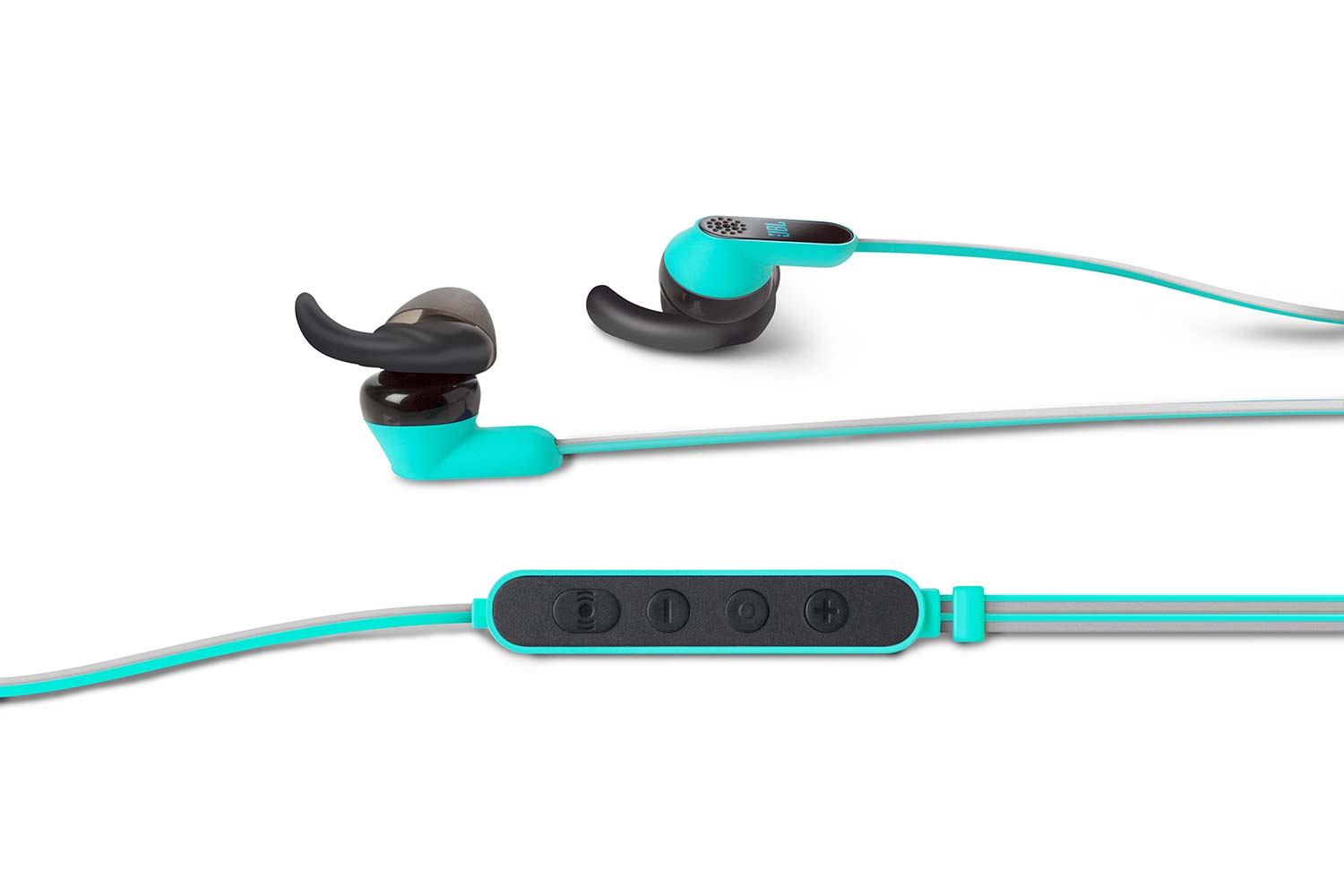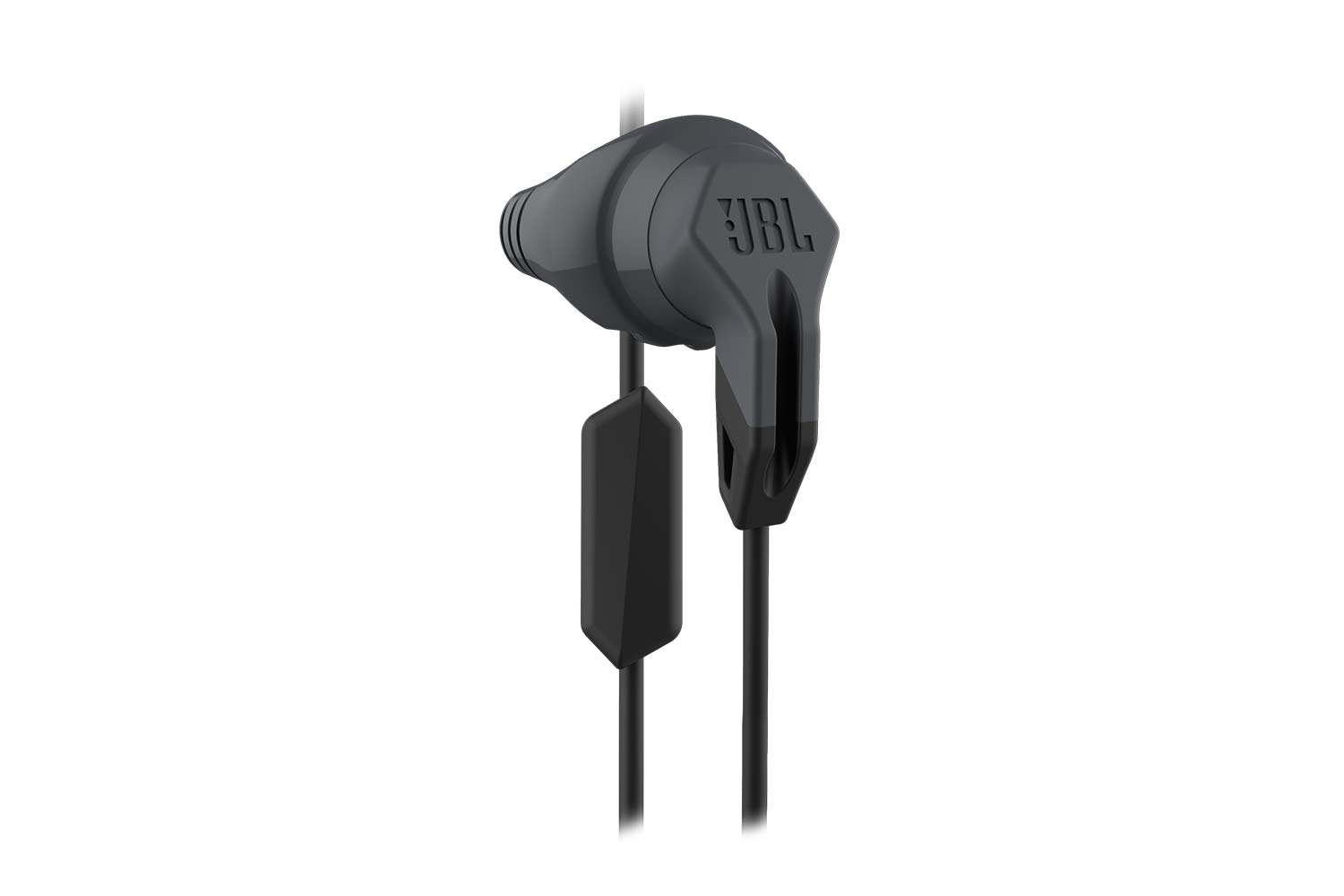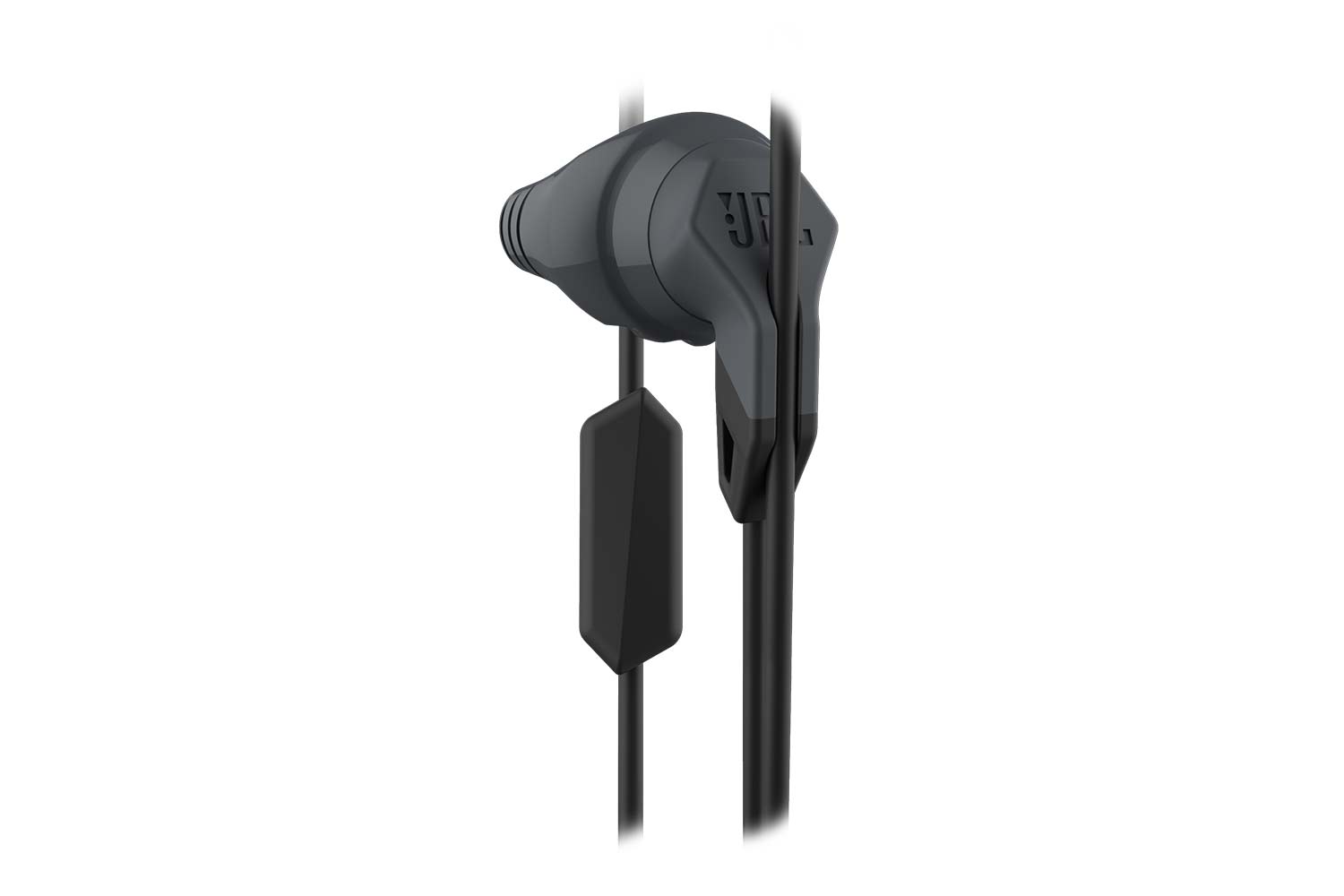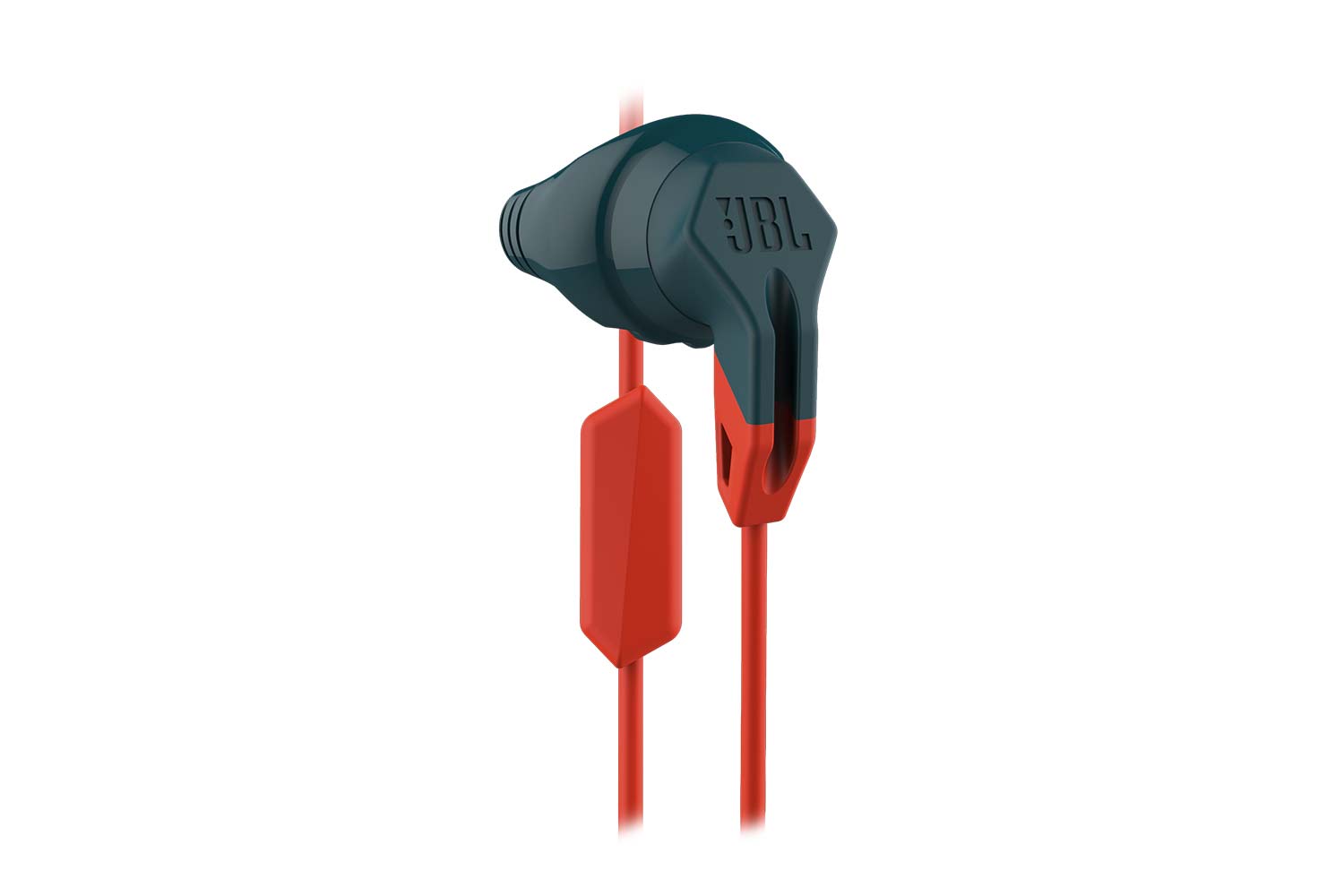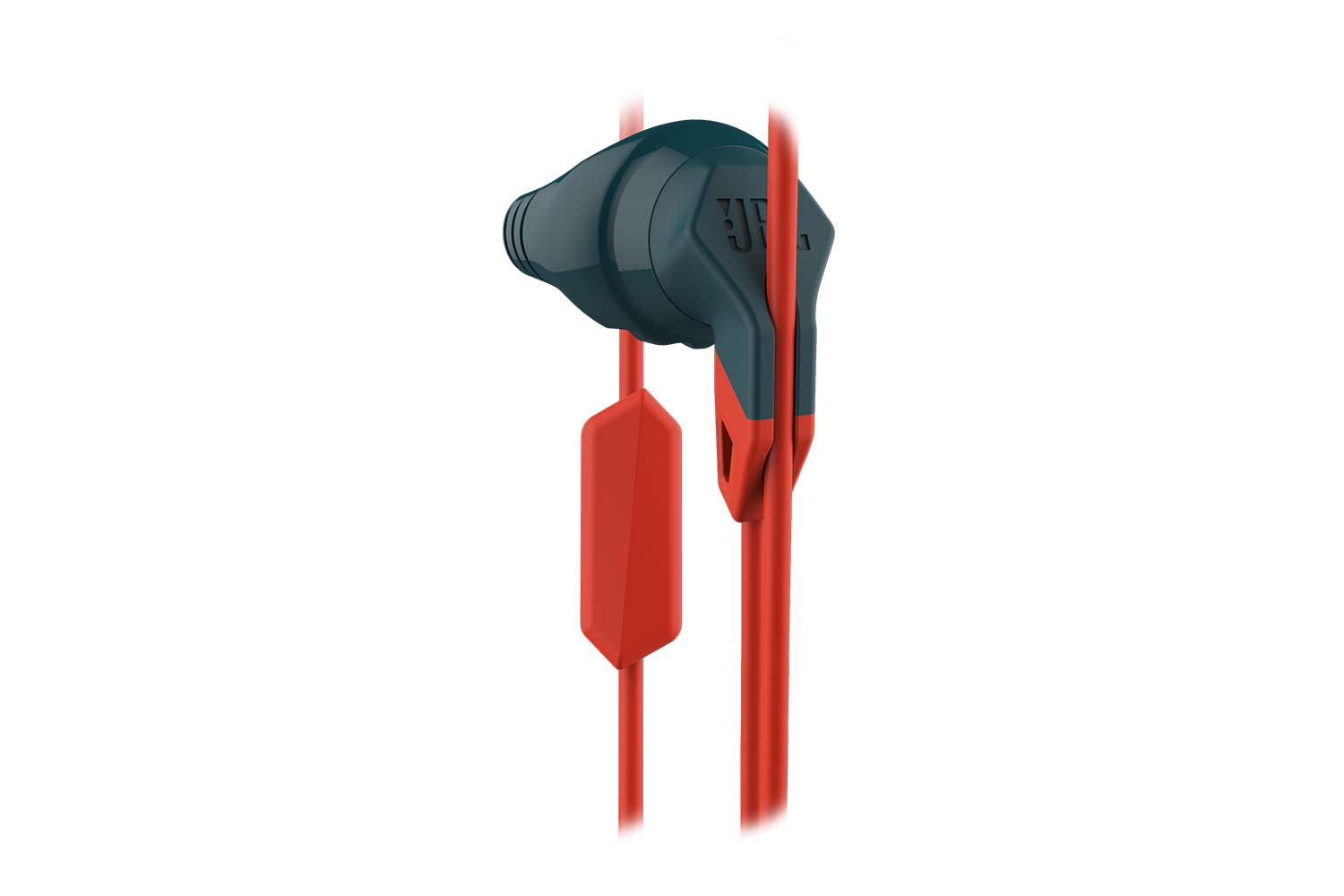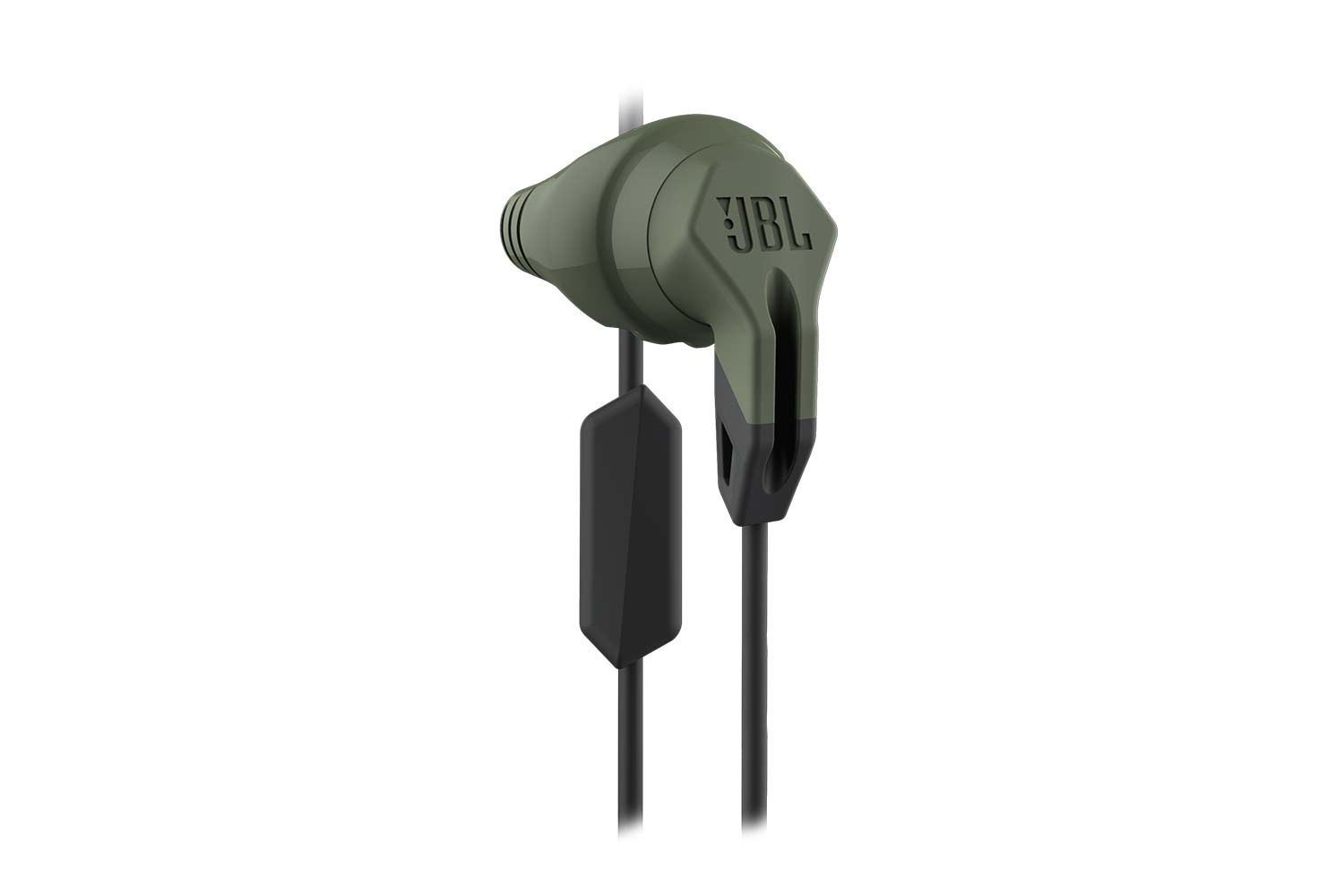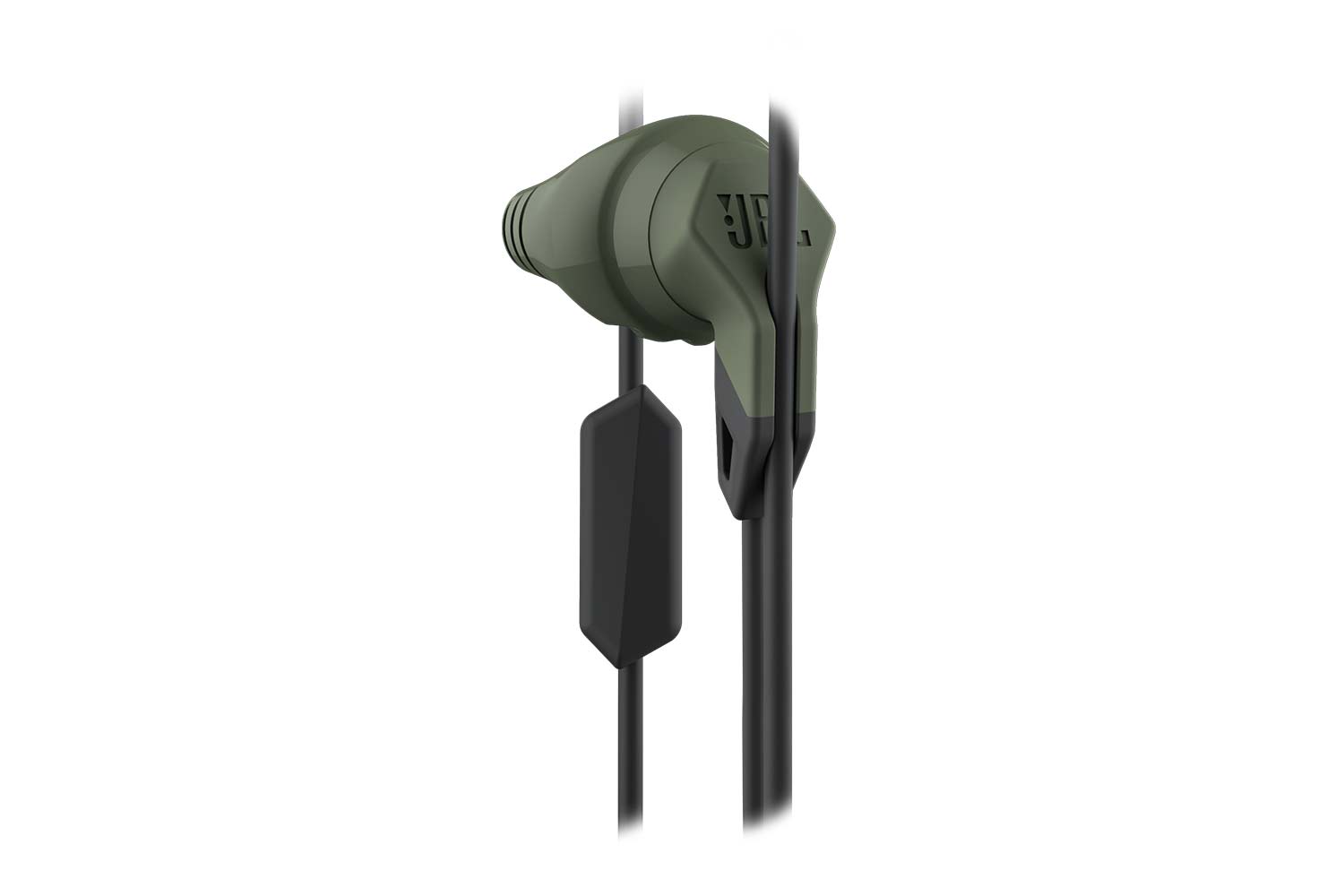Today at IFA 2015 in Berlin, JBL showed the company is doing anything but slowing down, unleashing several new headphones that serve up plenty of buzzy features, including Bluetooth wireless connection, noise cancellation, weather resistance, and some other new tricks to help the brand get some more skin in the ever-expanding headphone game. JBL’s latest and greatest include the haughty new Everest collection, the sporty new Reflect series, and the dressed-down Grip 200 and Grip 100 in-ears.
JBL Everest headphone series
JBL Everest Elite 700 (€279, approx. $310)
Sporting a less-than-understated moniker, JBL’s premiere new wireless headphone lineup arrives in style with the flagship model, the JBL Everest Elite 700. The over-ear headphones are loaded with innovative features, including Bluetooth 4.1 wireless connection, TrueNote technology designed to tailor the sound according to the fit around your ears, and JBL’s NXTGen Active Noise Cancelling, which allows users to control how little, or how much ambient noise comes through.
Offering more customization than your average used car, the Elite 700 headphones come tandem with a specialized app allowing users to dig into the bones of the features for personal customization. Other features for the
JBL Everest 700 (€199, approx. $220)
Next in line is the Everest 700, another over-ear set of headphones that sheds some of the fancier features of the Elite, including active noise cancelling, Auto-Off, and the custom app. They do, however, offer ShareMe 2.0 to spread the tunes around. Like the Elite, they come in black and white.
JBL Everest 300 (€149, approx. $165)
Like their big brother above, the on-ear Everest 300 loses most of the fancy features of the Elite, but does hold on to Bluetooth 4.1 connection, as well as ShareMe 2.0 — apparently JBL wants you to share this wireless party with a friend, even one outside of the JBL line. At the moment, the Everest 300 are only available in black.
JBL Everest 100 (€99, approx. $110)
Crafted in the wrap-around design, the in-ears look a lot like predecessors from other brands, such as Bose, Beats, and others, equipped with a horn-shaped tip at the top to keep them securely in place. We’ll have to wait and see how they sound, but the asking price is pretty enticing for a wireless pair of in-ears.
JBL Reflect sport headphones
JBL Reflect Aware (£149, approx. $227)

Not all sports in-ears are created equal, and JBL’s new Reflect Aware boast some pretty impressive features to enhance your workout. JBL says the headphones are the first ever to offer the company’s Ambient Aware noise cancelling, which goes farther than your average buds, allowing the user to adjust the noise cancellation depending on their environment. Working out in the gym? Bring the cancellation up to tune others out. Going for a jog on the street? Adjust the system to mix in the world around you, keeping you safe from accidents.
Like the Elite 700, the headphones come with a customization app, the Ambient Aware app, allowing for convenient control of the ambient sound, as well as equalization to tune the earphones to your preference. Perhaps most intriguing, though, the
Other features for the Reflect Aware include water and sweat resistance to take on your heftiest workouts, a four button control piece, and ergonomic FlexSoft eartips designed to stay in place so you don’t have to.
JBL Reflect Mini BT (£80, approx. $120)
These mid-level Bluetooth headphones are crafted to simply get you through your workout without worrying about the tangles of your standard in-ears. They’re built to be extremely light and compact, as well as offering JBL’s FlexSoft eartips to stay in place on your workout. The
JBL Grip 200 and Grip 100 (£25, approx. $38) (£17, approx. $25)
Finally, the JBL Grip are a no-frills headphone line, designed for those looking for something sporty that won’t break the bank. They come in two tiers, the 200 and the 100, both of which are nearly identical in design, offering FlexSoft eartips as well as JBL’s Twist-Lock system, a fairly ambiguous design feature the company explains by simply saying it will “ensure these headphones never fall out” — whatever that means.
Both sets also come with Cord Pinch technology, which allows you to clip one earpiece to the other to keep more aware of the environment with one ear, while jamming tunes with the other. Inside they boast 14mm drivers for a claimed 20Hz-20kHz frequency response, and finally, the Grip 200 offers a control piece, while the 100 does not.
All of JBL’s new Everest headphones are slated for availability across the globe in October.
